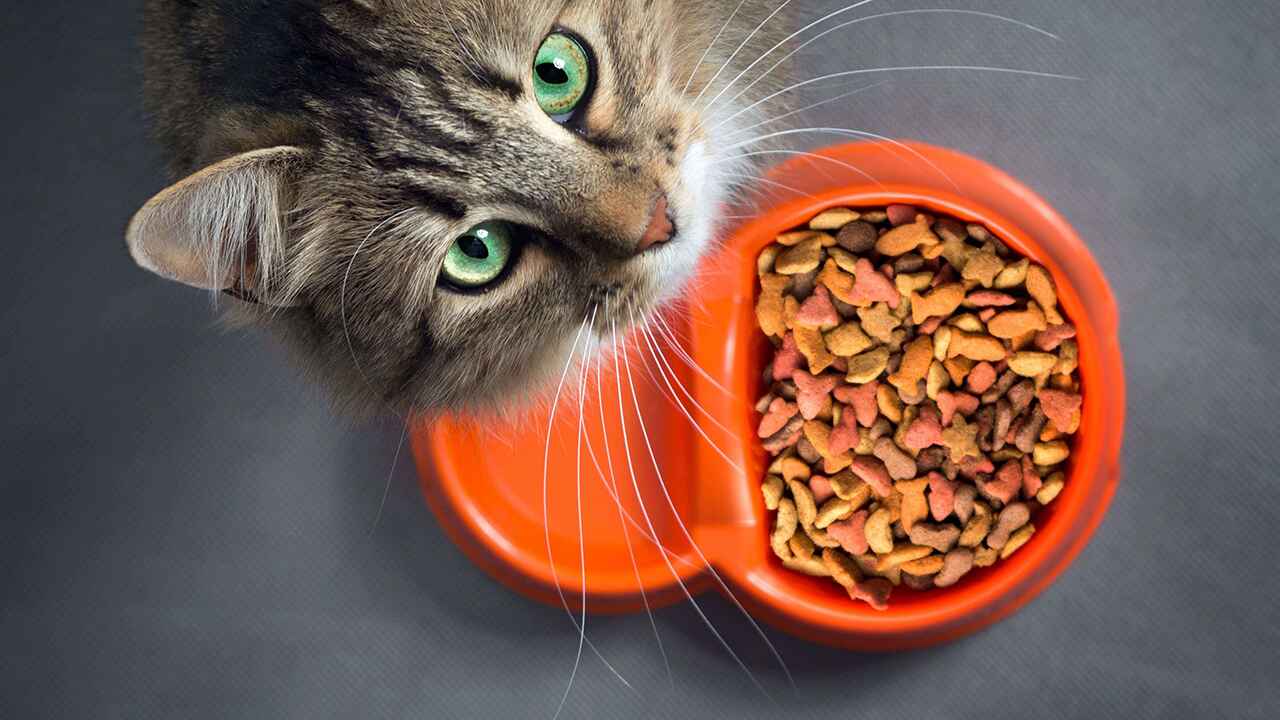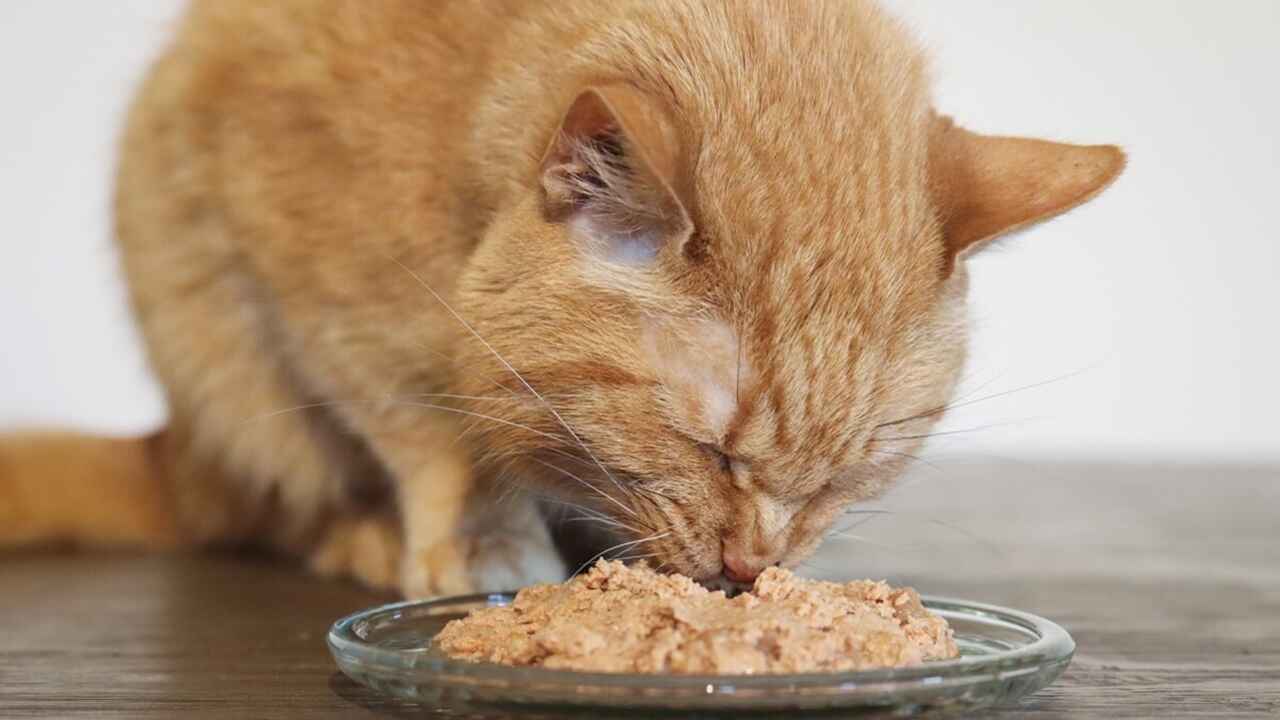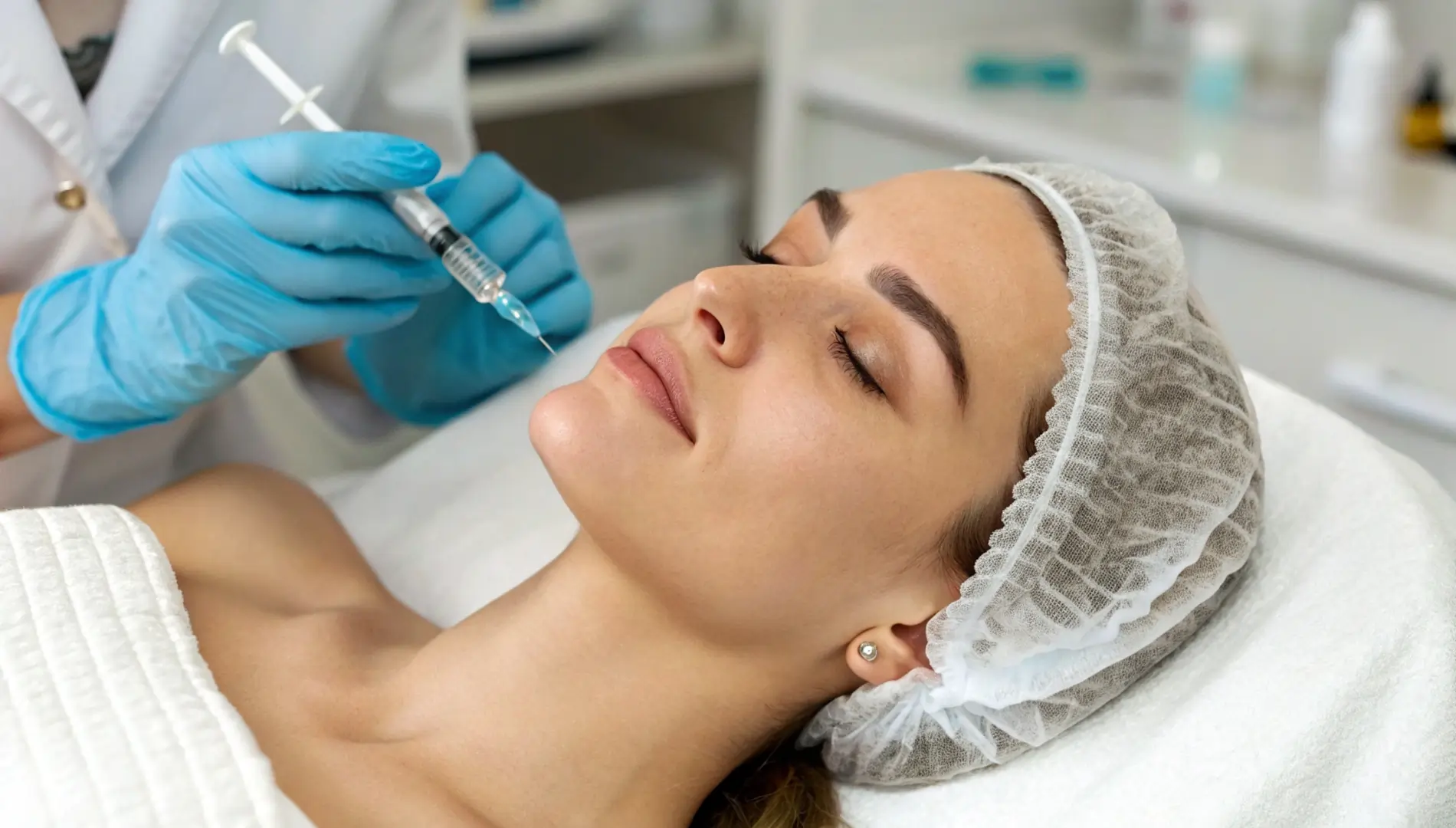Feeding your cat a balanced, nutritious diet is an important part of your cat’s health. But choosing the right food can be challenging. Which cat food to choose: kibble or wet food. There are a few key things to consider when determining the best food for cats.
“Cats are what we call obligate carnivores, meaning they must have protein as the majority of their diet,” Dr. Lewis Singleton, a veterinarian at Banfield Pet Hospital in New Jersey, told The Spruce Pets. “Cats are not able to naturally make certain amino acids and vitamins such as taurine, arginine, vitamin A, vitamin D3, and other B vitamins, and therefore they must be included in their diet.”
What is the food of a cat?
Cat food is specifically formulated to meet the nutritional needs of cats. As obligate carnivores, cats need specific nutrients that are found in meat or synthesized, such as taurine and vitamin A. Many essential nutrients, including certain vitamins and amino acids, can be broken down during the manufacturing process due to high temperatures, pressures, and chemical treatments. To prevent deficiencies, these nutrients are often added back after manufacturing. Cat food is usually available in two forms: dry kibble and wet food packaged in cans or bags.
Which is the best cat food?
With countless brands and formulas of cat food available, most cat owners have two main options to choose from: wet food and dry kibble. While both have their pros and cons, wet cat food can offer several benefits to our feline friends. “In general, wet foods have less fat, protein, and carbohydrates than dry food,” says Dr. Erica Carroll, a veterinarian based in San Francisco. Wet food also has a significant amount of moisture compared to dry food.
What is wet food?
Wet cat food, also called canned food, is usually packaged in a can, pouch, or box. It has two key advantages over feeding your cat dry food: fewer carbohydrates and more hydration per serving. It is made from a combination of animal protein, nutrients, and sometimes vegetables, and is a great choice for cats who need more moisture or have specific health issues, such as kidney or urinary tract disease.
Features of wet cat food:
- Increases hydration
- More appealing to felines
- Suitable for older or sick cats
- Higher cost
Wet food spoils faster due to its high moisture content and becomes unusable if not refrigerated or left out for long periods of time.
Top vet-recommended brands: Purina Pro Plan and Hill’s Science Diet
New York City veterinarian Dr. Corey Blair emphasizes the health benefits of wet food, explaining, “Canned food is generally healthier for cats, maintaining better hydration, lean body mass, and kidney health.” Wet food is beneficial for cats with certain health conditions, such as diabetes and urinary problems, due to its high-protein, low-carb formulation.
What is dry food?
Dry cat food, also known as kibble, is a type of processed food that comes in small, dry pieces. It is usually made from a combination of animal proteins, grains, vitamins, and minerals, and is processed at high temperatures to ensure a long shelf life.
Key features of dry cat food:
- Easy to store
- Helps with oral hygiene
- Affordable
Dry food usually has a lower moisture content (around 10%) and is not a good choice for cats that are prone to kidney problems or dehydration.
Brands recommended by veterinarians with high-quality ingredients and reputable approvals: Hill’s Science Diet or Royal Canin
Should I feed my cat wet or dry food?
Cats are very picky about their favorite foods. One of the easiest ways to find out if your furry friend prefers dry or wet food is to prepare both and put them in separate bowls for him to choose from. Cat food toppings are also a clever way to hide supplements or medications that cats may not like the taste of.
“Food oils can be beneficial to a cat’s health in several ways,” says Dr. Gabriel Fadl, medical director at BondVet.com. “They can provide additional nutrients, such as protein and moisture, which can be especially helpful for cats who are prone to dehydration or who need a high-protein diet.”
What food should I give my kitten?
Kittens have specific nutritional needs. Their diet typically contains essential nutrients like high-quality protein, healthy fats, vitamins, and minerals. Here are some tips to help you choose the right food for your kitten:
Dry food:
A dry food with small, soft kibble is ideal for their tiny teeth.
Brands like Hill’s Science Diet Kitten or Royal Canin Kitten are great choices.
Wet food:
Wet food with a high moisture content helps with hydration and is often more appealing to kittens.
Consider options like Purina Pro Plan Kitten and Blue Buffalo Healthy Gourmet Kitten.
Mixed diet:
A mix of dry and wet food provides the benefits of both, balancing convenience with hydration and flavor.
Key points:
- Always choose a food that is specifically formulated for kittens, as adult cat food may lack the nutrients they need.
- Since kittens have small stomachs, feed small, frequent meals.
- Make sure fresh water is always available.
- Consult your veterinarian to choose a food that is appropriate for your kitten’s age and health needs.
Specialized diets for cats
Weight Management Diet
Weight management diets help achieve an energy balance, ensuring that energy intake matches expenditure. These diets typically offer reduced calorie density, allowing cats to consume satisfying portions without exceeding their caloric needs. This approach supports healthy weight control, minimizing the risk of obesity-related health issues.
Raw Food Diet:
Raw feeding involves providing uncooked animal-based ingredients, often supplemented with fruits, vegetables, and essential nutrients. Available in fresh, frozen, or freeze-dried formats, these foods often require thawing or rehydration before serving. Raw diets appeal to pet owners seeking a natural feeding approach, but they require careful handling to minimize contamination risks.
High Energy Diet:
High-energy diets are rich in fats, offering more calories per gram than proteins or carbohydrates (8.5 kcal/g). These diets are ideal for cats in life stages requiring extra energy, such as growth, pregnancy, lactation, or recovery from illness. Typically, such diets have over 20% fat content on a dry matter basis, meeting the increased caloric demands without overfeeding.
Renal Diet:
A renal diet is tailored for cats suffering from chronic kidney disease (CKD), a common condition among aging felines. These diets are designed to support kidney health by reducing phosphorus, sodium, and protein levels while ensuring adequate caloric intake and essential nutrients.
Grain-Free Diet:
Grain-free cat food replaces traditional grains like wheat, rice, or corn with alternative carbohydrate sources such as sweet potatoes, peas, or tapioca. These formulas cater to cats with sensitivities to grains or owners preferring grain-free options for perceived health benefits.
Vegetarian and Vegan Diet:
Vegetarian and vegan cat foods are formulated for pet owners prioritizing ethical concerns, including the environmental impact of animal farming. While some advocate these diets for their perceived health benefits, their primary appeal lies in ethical considerations. However, ensuring these diets meet all of a cat’s nutritional requirements, particularly as obligate carnivores, requires careful supplementation.
Homemade diet:
Many cat owners choose to feed their pets a homemade diet, which typically includes meat, bones, vegetables, and supplements like taurine and multivitamins. However, studies have shown that about 60% of these homemade diets are nutritionally unbalanced in key areas, such as the proper combination of calcium, phosphorus, vitamin D, iodine, zinc, copper, and vitamin A.
A comprehensive table of nutrients and supplements for cats:
Table of Nutrients and Supplements for Cats
Category | Nutrient/Supplement | Function | Sources |
Essential Nutrients | Protein | Growth, repair, and maintenance of tissues. | Meat, fish, eggs, poultry. |
| Taurine | Eye, heart health, and reproductive function. | Meat, fish (mandatory for cats). |
| Fatty Acids | Healthy coat, skin, and energy production. | Fish oil, poultry fat, flaxseed oil. |
| Vitamins | Vital biochemical processes (see individual functions below). | Food and supplements. |
| – Vitamin A | Vision, immune function, skin health. | Liver, fish oil, eggs. |
| – Vitamin D | Calcium absorption and bone health. | Fish liver oil, fortified foods. |
| – Vitamin E | Antioxidant; protects cells from damage. | Vegetable oils, seeds. |
| – Vitamin K | Blood clotting and bone health. | Liver, leafy greens. |
| – B Vitamins | Energy metabolism, nervous system health. | Meat, eggs, fortified foods. |
| – Vitamin C (non-essential)** | Antioxidant; some cats may need supplementation during stress. | Supplement if needed. |
Minerals | Calcium | Bone health, muscle function, nerve transmission. | Bone meal, dairy, supplements. |
| Phosphorus | Bone health, energy metabolism. | Meat, fish, dairy. |
| Potassium | Muscle contraction, nerve function, electrolyte balance. | Fruits, vegetables, supplements. |
| Magnesium | Enzyme function, nerve, and muscle health. | Whole grains, fish, supplements. |
| Iron | Oxygen transport in blood. | Red meat, organ meat, supplements. |
| Zinc | Skin health, immune function, wound healing. | Meat, fish, eggs. |
| Copper | Iron metabolism, connective tissue health. | Liver, shellfish, grains. |
| Iodine | Thyroid function and metabolism. | Seafood, iodized salt. |
| Selenium | Antioxidant, immune support. | Fish, meat, eggs. |
| Sodium/Chloride | Fluid balance, nerve and muscle function. | Salt, animal tissues. |
Special Supplements | Omega-3 (EPA/DHA) | Joint health, anti-inflammatory, heart health, skin health. | Fish oil, krill oil. |
| Probiotics | Gut health and immune function. | Fortified cat foods, supplements. |
| Glucosamine/Chondroitin | Joint support for aging or arthritic cats. | Supplements. |
| L-Lysine | Immune system support; may help with feline herpesvirus management. | Supplements. |
| Cranberry Extract | Urinary tract health. | Supplements. |
| Fiber | Digestive health, aids in managing hairballs and constipation. | Psyllium husk, pumpkin. |
| Melatonin | May support sleep and manage anxiety. | Supplements. |
Conclusion
Choosing the right cat food can be a daunting task. To make your choice, it’s important to consider your cat’s age, health, and preferences. Wet food provides hydration and high protein, while dry kibble is convenient and supports oral health. Specialized diets, such as weight management or kidney health diets, can address specific needs. Ultimately, providing a balanced diet tailored to your cat’s unique needs will ensure they stay healthy, happy, and active. Always consult your veterinarian to determine the best feeding schedule for your pet.














